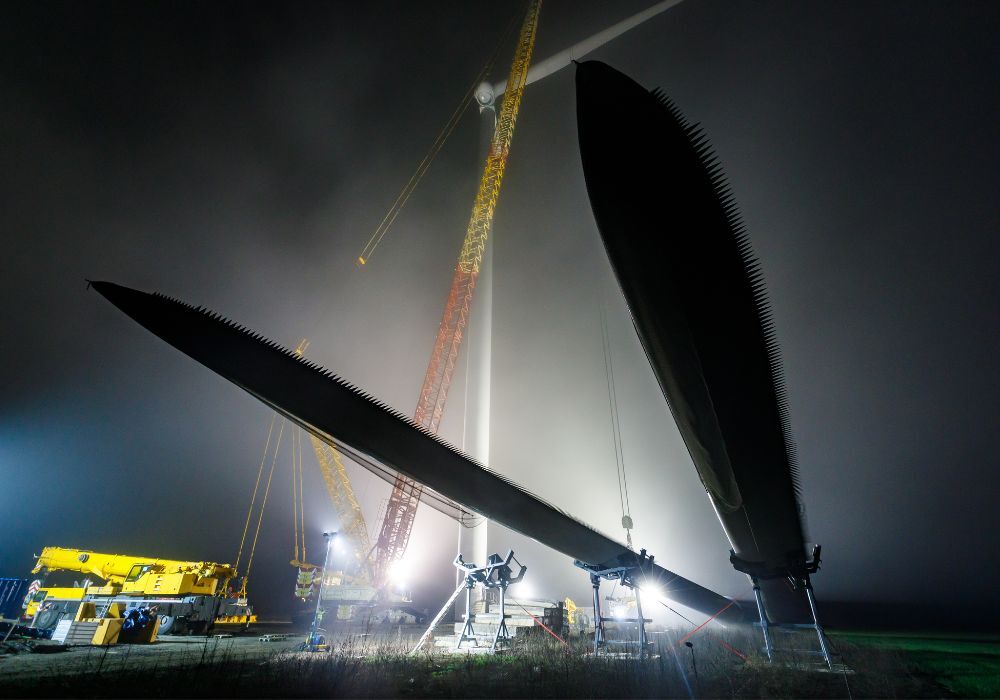cross-posted from: https://kbin.social/m/Ukraine/t/290209
Can embattled coal-heavy DTEK lead Ukraine’s clean-energy revolution?
Here are some choice excerpts, which the kbin post didn’t mention:
About 100 kilometres from the front lines of the conflict in southern Ukraine, 650 workers building the Tyligulska wind farm dove into underground concrete bomb shelters whenever Russian missiles and drones attacked targets nearby. The crews, clad with body armour, toiled for seven months, much of the time during the dead of winter. They spent roughly one day in five underground when the explosions came too close for comfort.
By mid-March, the first stage of Ukraine’s newest renewable energy project – 19 turbines with a capacity of 114 megawatts – was completed. None of the workers had been killed or injured, and the turbines began to generate much-needed electricity a few weeks later. During a time of war, when Ukrainian infrastructure everywhere was being turned to scrap by Russian missiles, the achievement was nothing short of heroic.
[After various woes, from the Russians capturing land with potential for wind and solar development, to much difficulty finding financing,] DTEK’s first bit of good news came last November, when the successful Ukrainian counter-offensive liberated Kherson in the country’s south, allowing a 10-megawatt solar plant in the village of Tryfonivka to be returned to Ukrainian hands. At the same time, DTEK was well on its way to completing the Tyligulska wind project to the west, near Odesa. Using turbines supplied by Denmark’s Vestas, the project is one of the biggest of its kind in Europe, with a total cost of US$450 million. The second stage, to be completed in 2024, will take the capacity to 500 megawatts, when 83 turbines are scheduled to be in place.
Ukraine exported electricity to Moldova, Hungary, Slovakia and Poland before the war and recently resumed those sales as it rebuilt its transmission lines and power plants – its grid is now entirely detached from Russia’s and interconnected with Europe’s. The country has obvious competitive advantages to play the green game. Ukraine has ample land, meaning that it is unlikely to see the NIMBY campaigns that have stalled or crippled many wind projects in Europe. Certain parts of the country have high wind speeds, and the permitting process is faster than in Europe. Add in a relatively low cost of labour and energy production, and Ukraine will certainly have a seat at the export table. It also knows that certain European countries are setting themselves up for power shortages.


